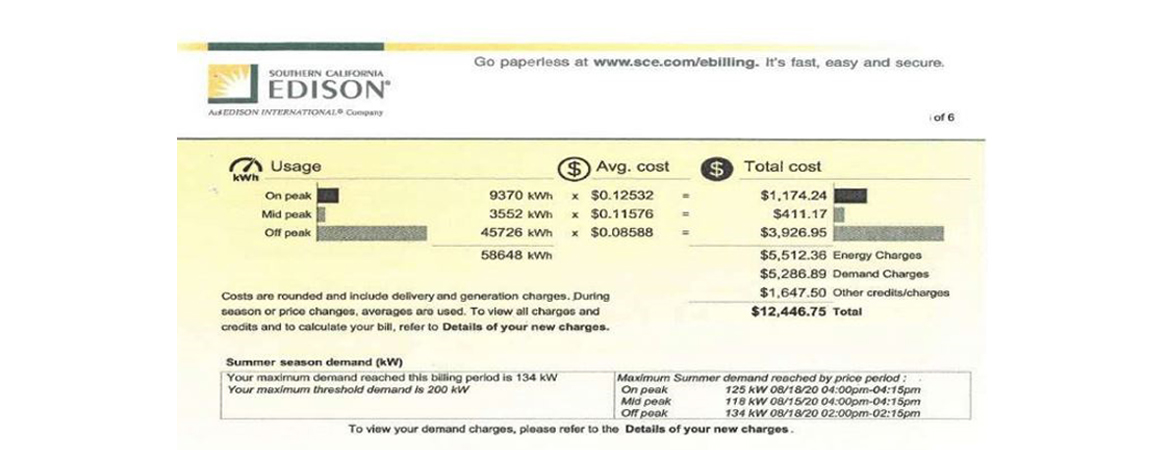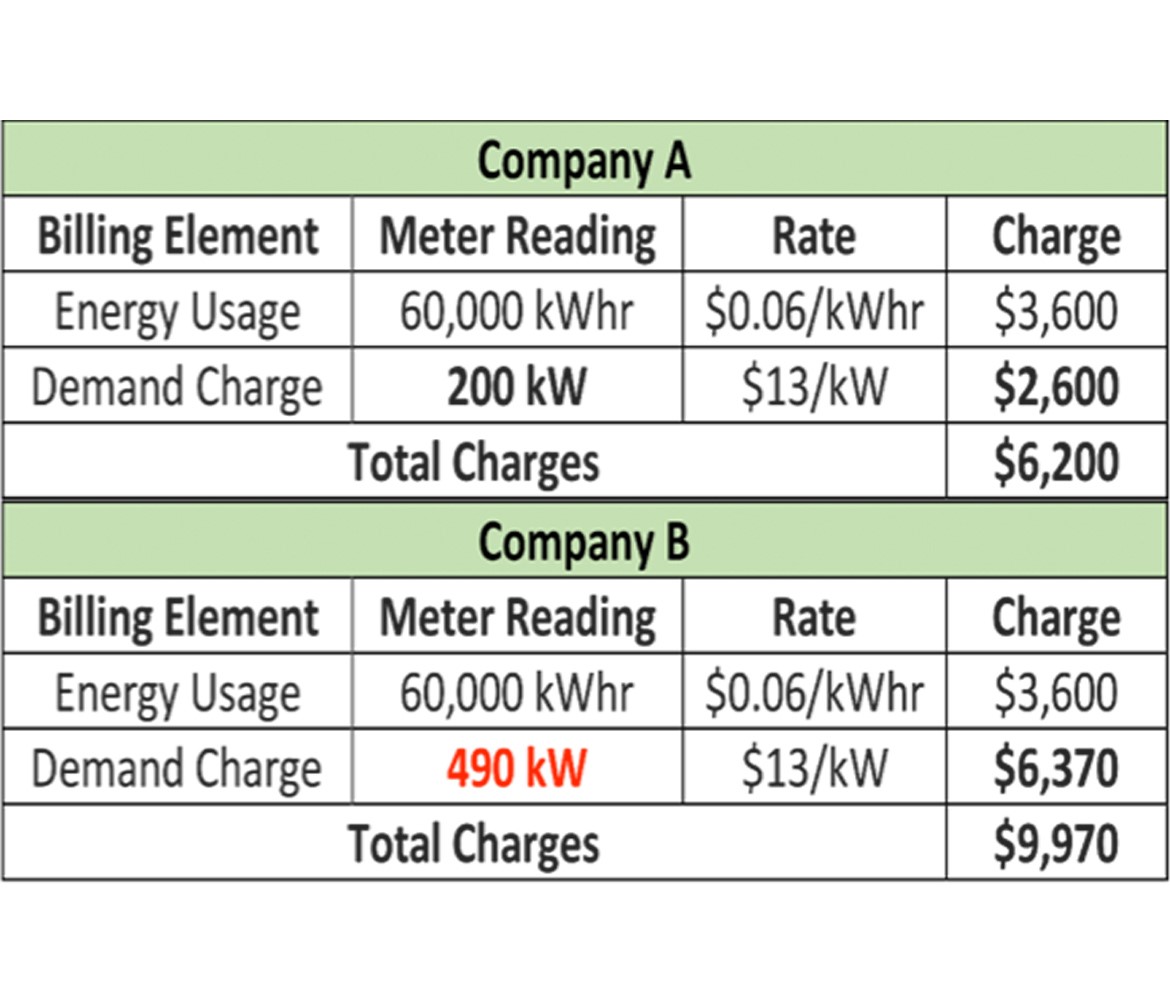What is a Demand Charge?
Businesses don’t use electricity in the same pattern throughout the day. When they open they put on lights, computers, air conditions, some machinery and so on. They may use more power at a certain time of the day, or when they turn their ACs during hot summer days or when they operate heavy equipment. Since utility companies must be able, and ready, to supply such additional power when needed, they charge an extra fee to cover their cost of offering this service. This fee is called, Demand Charge (sometimes referred to as a Network Demand Fee).
Does my business pay Demand Charge?
Every Commercial customer’s monthly energy bill is made of two parts: · The first part is regular energy charges, that is total energy charges for the month, including the charge for actual electricity units plus connection fees, fees imposed by state and local authorities, and, of course, Taxes. · The other charge on the monthly bill is a little more complicated. It’s what’s known as a Demand Charge. This charge may make up to 50% of the energy monthly bill alone, depending on the pattern of which you use your monthly energy!
How do utility companies calculate Demand Charge?
Demand Charge is calculated by dividing every day (24 hours) into 96 periods of 15 minutes each; then calculate the energy consumption in each period separately. So, within one month you will have a 2,880 Demand period. (30 days x 24 Hours x 4 periods per hour). The 15- minute period that has the highest power consumption is considered the base of calculating the Demand Charge for that specific bill cycle.
However, utility companies offer a demand level allocation for every business user, different from user to user, and charge Demand Fees when the allocation is exceeded. Here’s an example: Let’s say a utility company charges $10 per kilowatt per month for Demand Charge, and a business’ peak 15-minute increment usage was 57 kilowatts. In this instance, $570 in-demand charges will be billed. This demand charge then gets tacked onto standard energy charges and other fees and taxes.
Who needs Demand Charge Control?
All businesses need to mitigate their demand charges to eliminate them or, at least, bring them to a bare minimum.
Do Businesses pay Demand Charges, if they have Solar Systems installed?
If a business has a solar system installed and are using a lot of electricity (over the baseline) when the solar system isn’t producing, say before the sun comes up after the sun goes down, or on a really rainy day, then need electricity is supplied from the utility company and not the solar system; and hence it counts as usage from the grid and will be charged as the basis for the Demand Charge accordingly.
How can I reduce the Demand Charge?
Demand Charges Control (frequently called Peak Shaving) can be reduced in various ways including the usage of Backup Batteries and implementing equipment operation timing plans to avoid the higher amount of usage at one time.
Buy, Lease, or Share Savings
Depending on the type of your business and the amount of power it uses, First Energy Systems can offer a plan to supply the needed pieces of equipment to control your business Demand Charges. Options range from buying the necessary Battery Backup systems to supplying different software packages and special sensors and operation switches. The same can be leased or we can even share the savings with your system.







